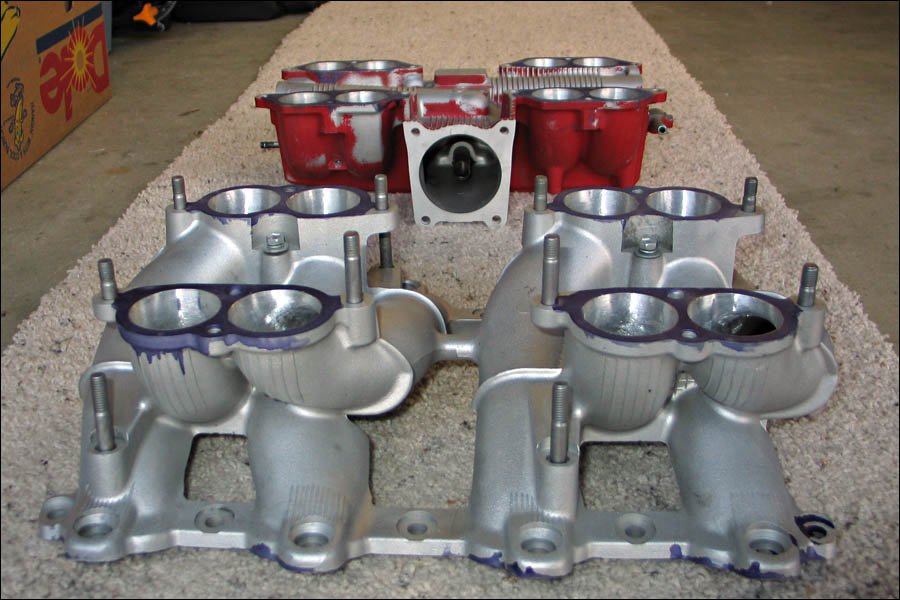jibbby
New Member
- Messages
- 3,824
- Location
- Santa Monica, California
I've asked this question before and I must ask it again because I never got a clearly defined answer...Has anyone polished and ported the heads successfully on an early model 1uz-fe motor?
If so were any gains noticed?
I have read the early model heads on the 1uz-fe's are lacking in flow in comparison to the newer model heads.....Like everyone else, I am looking for inexpensive ways to improve performance and wondering what porting and polishing will do for a lexus junky like myself on an early model 1uz.....
Is it a waste of time and money on an N/A 1uzfe? (Nitrous running)
Is it mostly benificial for the boosted motors only, and should this procedure only be considered for that forced air applications?
If so were any gains noticed?
I have read the early model heads on the 1uz-fe's are lacking in flow in comparison to the newer model heads.....Like everyone else, I am looking for inexpensive ways to improve performance and wondering what porting and polishing will do for a lexus junky like myself on an early model 1uz.....
Is it a waste of time and money on an N/A 1uzfe? (Nitrous running)
Is it mostly benificial for the boosted motors only, and should this procedure only be considered for that forced air applications?

